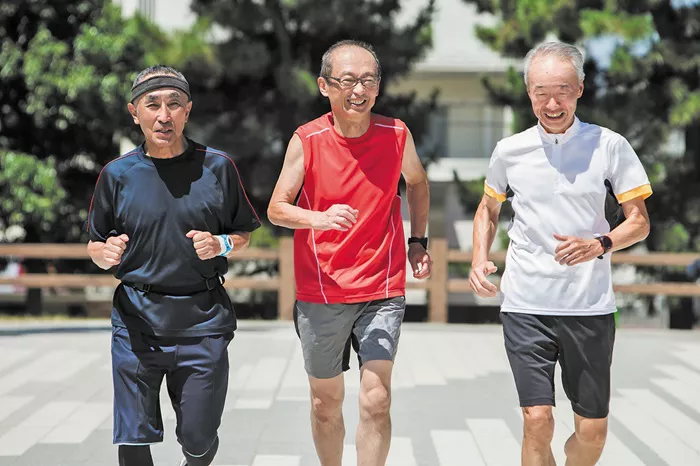A new study led by researchers at St. Michael’s Hospital has found that middle-aged men are the demographic most susceptible to sudden cardiac arrest (SCA) while participating in sports. The study, published in the Canadian Journal of Cardiology, also emphasizes the importance of public access to life-saving interventions, such as cardiopulmonary resuscitation (CPR) and automated external defibrillators (AEDs), in improving survival outcomes for those who experience a cardiac arrest in public spaces.
The research, conducted across five Canadian provinces from 2016 to 2020, analyzed the frequency of sudden cardiac arrests in over 50 different sports. The study’s authors, Dr. Paul Dorian, a sports cardiologist, and Dr. Katherine Allan, an adjunct scientist in cardiology, discovered that sports-related cardiac arrests were rare but occurred most frequently in activities such as hockey, running, cycling, ball sports, and gym workouts. Men were found to be 16 times more likely to experience a cardiac arrest during sports compared to women, with middle-aged men, particularly those involved in recreational sports, being the most affected. The average age of those affected was 58, and nearly 94% of the individuals who experienced a cardiac arrest were male.
Despite the rarity of these events, the study revealed promising survival rates. The survival rate for sports-related sudden cardiac arrest is approximately 52%, significantly higher than the general survival rate for out-of-hospital cardiac arrests, which hovers around 10%. The researchers attribute this higher survival rate to the quick intervention of bystanders, who often administer CPR. The study found that CPR was performed in over 70% of the cases, and nearly two-thirds of the incidents occurred in recreational facilities equipped with AEDs.
The study’s findings echo recent high-profile cases of sudden cardiac arrest among professional athletes, such as NBA player Bronny James, NFL player Damar Hamlin, and soccer star Christian Eriksen. All of these athletes received immediate medical treatment and made full recoveries, underscoring the critical importance of quick intervention.
However, despite the positive results, Canada lacks a national mandate for the installation of AEDs in public spaces such as schools, gyms, and sports facilities, although some provinces have taken legislative steps to address this gap. For example, Ontario’s Bill 141, the Defibrillator Registration and Public Access Act, mandates the installation and maintenance of defibrillators in certain public spaces and requires defibrillators to be registered with the appropriate authorities.
Dr. Dorian and Dr. Allan are vocal advocates for improving public awareness of sudden cardiac arrest and ensuring that AEDs are readily available in public spaces. “Sudden cardiac arrest can happen to anyone, at any time,” said Dr. Allan. “It’s important to know what to do if it happens. Anyone can save a life, as long as they are willing to try.”
Dr. Dorian reassured the public that using an AED is safe and unlikely to cause additional harm. “If you’re unsure, just get the AED and apply it,” he said. “The device will provide clear instructions and guide you through the process.”
While acknowledging the low risk of experiencing a sports-related cardiac arrest, both researchers urge athletes, particularly those engaged in recreational sports, to consult with their doctors if they have any health concerns.
Related topic:
Undiagnosed Osteoporosis on the Rise in the U.S., Study Finds
Physical Activity Boosts Exercise Capacity in Adults with CHD
Neck Strength Training Could Cut Concussion Risks for Young Athletes

